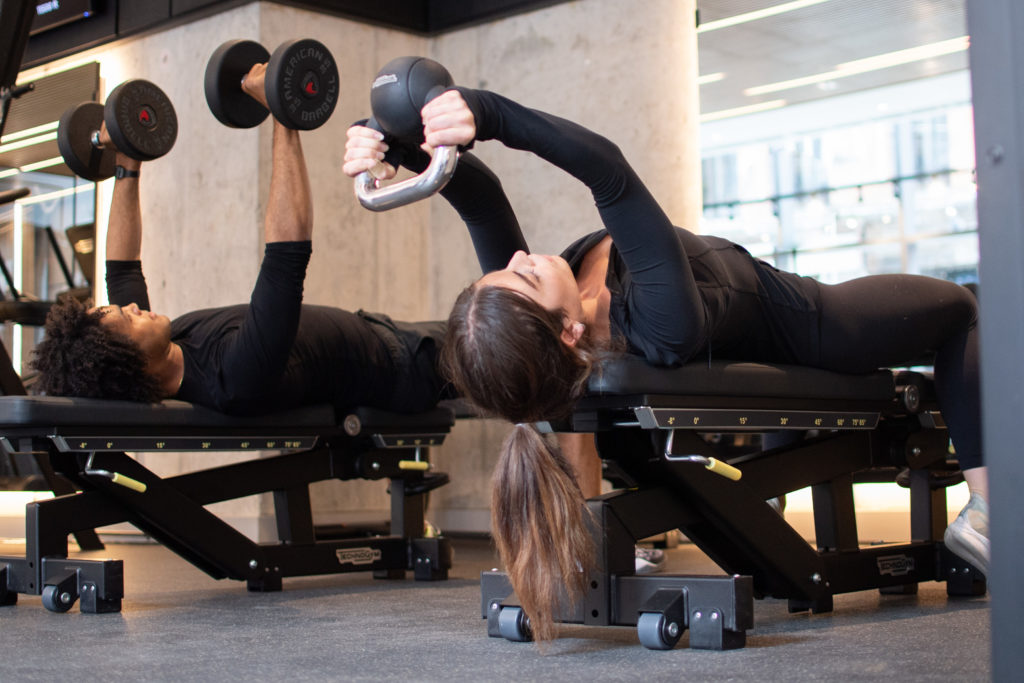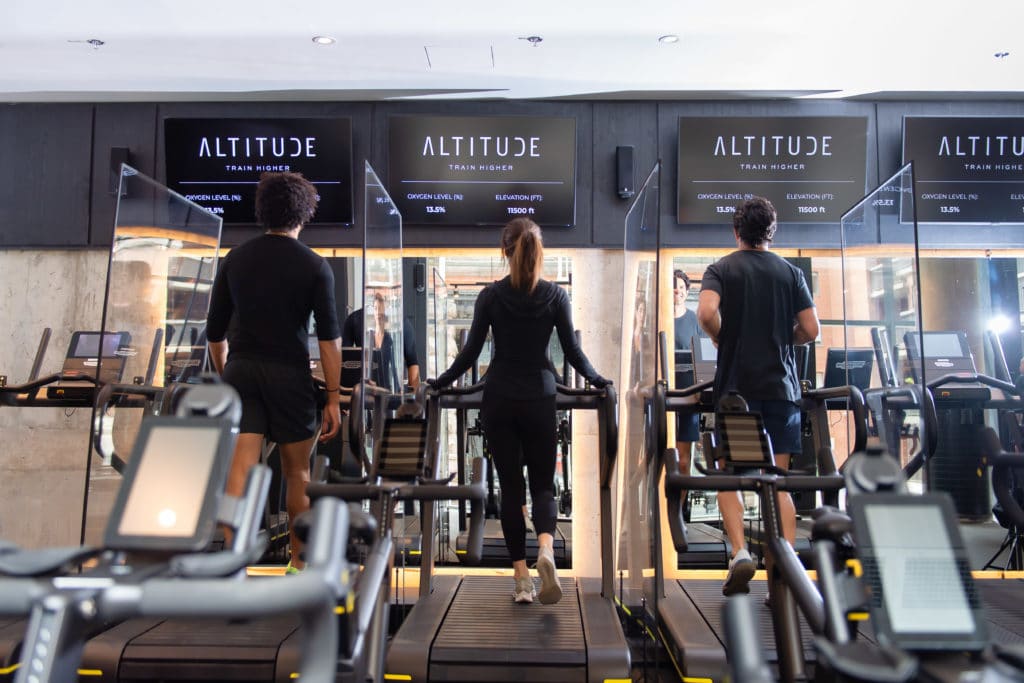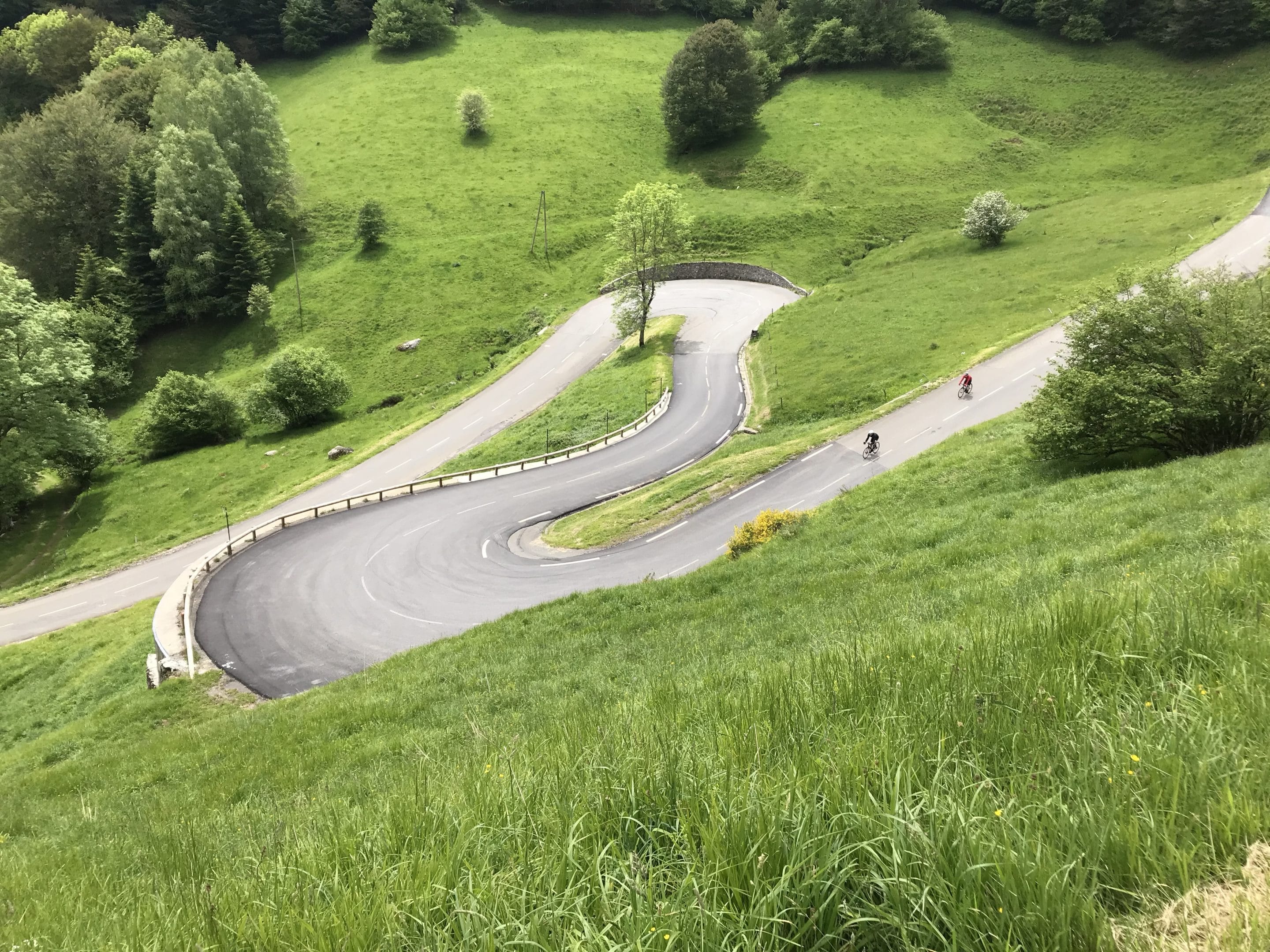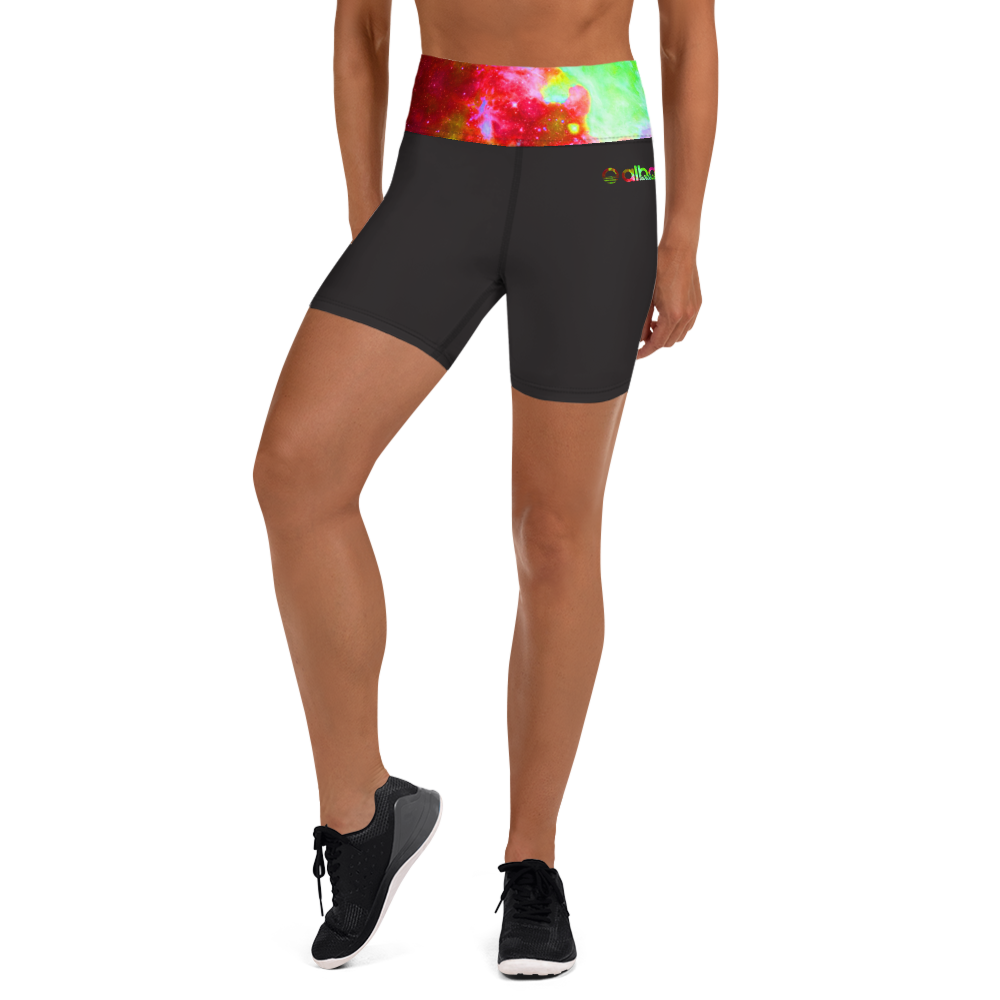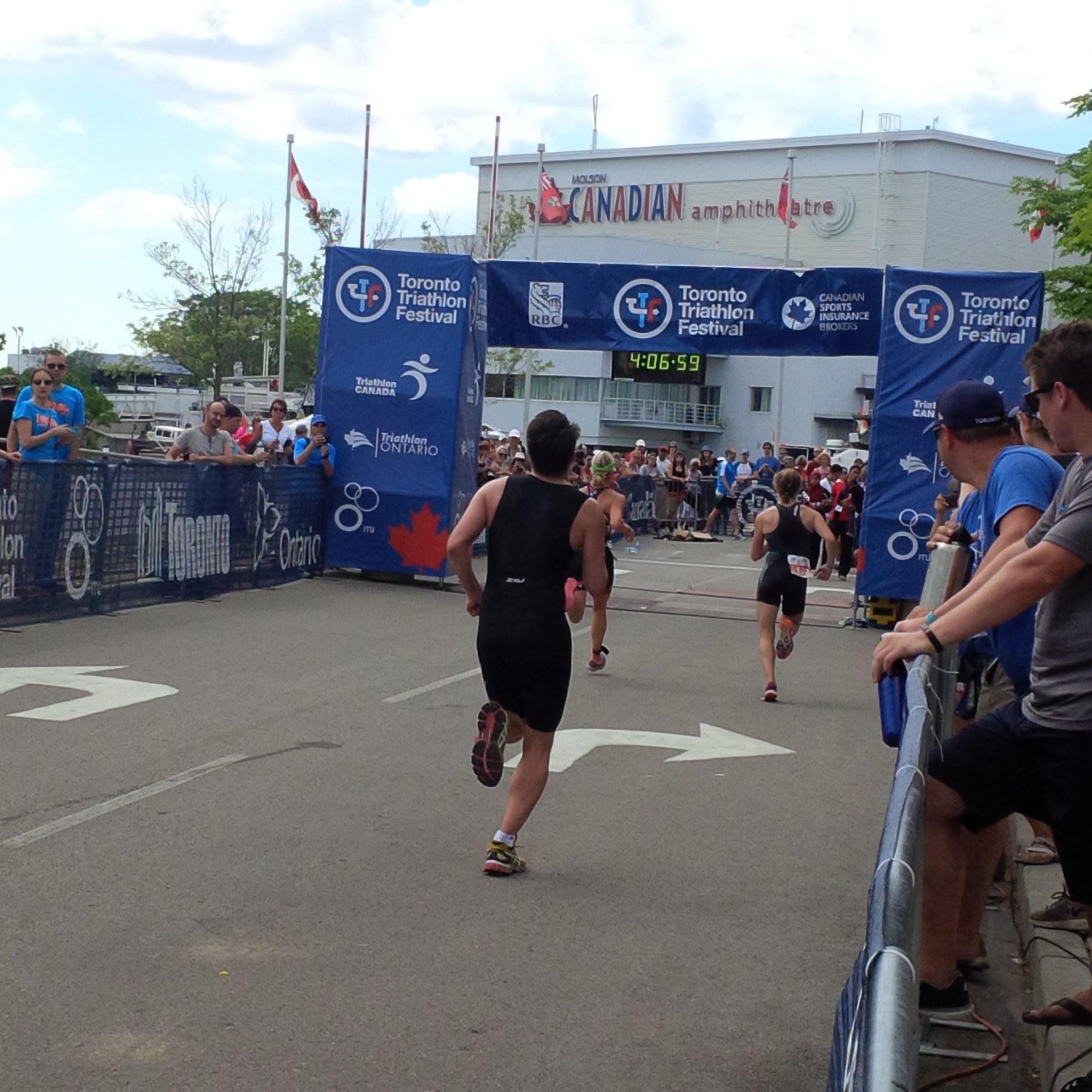Altitude Training for General Health and Fitness: 3 Case Studies to Read
The recent literature on Intermittent Hypoxic Training (IHT) shows benefits that go beyond high performance for athletes. Indeed, we see benefits that extend to your average gym-goer training for improved fitness, overall health and disease prevention.
Today we’ll highlight some case studies that show the impact of hypoxic training on general health and fitness populations. The results are also helpful in comparing the outcomes of training at altitude vs. sea-level.
Altitude Training Benefits: Case Studies
1. Effects of systemic hypoxia on human muscular adaptations to resistance exercise training
Oxygen Level (%): 14.4%
Equivalent Elevation (m): 3000 m
Methods: Subjects performed resistance training 2x/week for 8 weeks
Results: IHT resistance training improved cross sectional area of muscles (muscle size), strength and muscular endurance and increased formation of capillaries (improved blood flow) to muscles. In comparison to sea-level training, a greater effect was seen specifically on muscular endurance and capillary density.
Summary:
- Hypoxic training improved muscular endurance more than the same training sea-level
- Hypoxic training increased capillary density more than sea-level training
- Capillary density is important for delivery of blood and oxygen and removal of waste by-products from working tissues.
2. Effects of strength training under hypoxic conditions on muscle performance, body composition and haematological variables
Oxygen Level (%): 13.0%
Equivalent Elevation (m): 4000 m
Methods: Participants trained 3 days per week for 7 weeks (3 sets x 65−80% 1RM to failure).
Results: Both groups improved their strength performance and muscle perimeters, but the hypoxia group obtained a greater increase in muscle mass (hypoxia: +1.80% vs. normoxia: +0.38%; p<0.05) and decrease in fat mass (hypoxia: -6.83% vs. normoxia: +1.26%; p<0.05) compared to the normoxia group. Additionally, haematocrit values were also higher for the hypoxia group after the detraining period (hypoxia: +2.20% vs. normoxia: -2.22%; p<0.05).
Summary:
- Hypoxic group had greater gains in muscle mass and greater decreases in fat mass.
- For individuals seeking improved health and body composition, hypoxic training can increase muscle mass and decrease fat mass more effectively than normoxic training
3. The Effects of Aerobic Exercise at Hypoxic Condition during 6 Weeks on Body Composition, Blood Pressure, Arterial Stiffness, and Blood Lipid Level in Obese Women
Oxygen Level (%): 16.5% & 14.5%
Equivalent Elevation (m): 2000 m & 3000 m
Methods:
Subjects: Women, 30-55 years old, BMI > 30 and BF% > 30
Participants were divided into three groups: Sea-level (normoxic), 16.5% O2 (2000 m) moderate altitude, 14.5% O2 (3000 m) high altitude
Participants performed 30 minutes on the treadmill followed by 30 minutes on the bike, 5 times per week for 6 weeks
Results: Both hypoxic groups saw a larger reduction rate of fat mass and % body fat vs. the normoxic group. The 14.5% O2 group saw the most significant decrease in body weight.
Systolic blood pressure significantly improved in both hypoxic groups. Diastolic blood pressure improved in all groups, but more so in both hypoxic groups.
All groups had improvements in LDL (low-density lipoprotein, sometimes called “bad” cholesterol because it collects in the walls of your blood vessels, raising your chances of health problems). Hypoxic training groups improved more than the normoxic group.
Both hypoxic groups showed greater improvements in arterial stiffness compared to the normoxic group.
Summary:
- Greater improvements in heart rate, blood pressure, cholesterol arterial stiffness and weight loss with hypoxic training compared to normoxic training
- Both hypoxic groups saw a larger reduction rate of fat mass and % body fat vs. the normoxic group
- Greater health benefits can be achieved with a lower exercise intensity at simulated altitude compared to sea-level training in overweight individuals
Alongside performance benefits, simulated altitude training has benefits that contribute to overall health and fitness. So if you’re trying to find the most efficient way to feel good and optimize your time in the gym, let us know and we’ll help you get there with a combination of altitude training and personalized fitness programming.
Speak with one of our coaches about training options for your specific goals.
Altitude Athletic is Toronto’s first and one of the largest altitude training facilities in the world. We’re here to help you prepare for your next big climb, event or meet your health goals. Learn more about what we do here at Altitude: About Us

